The history and evolution of iconic fashion trends | |
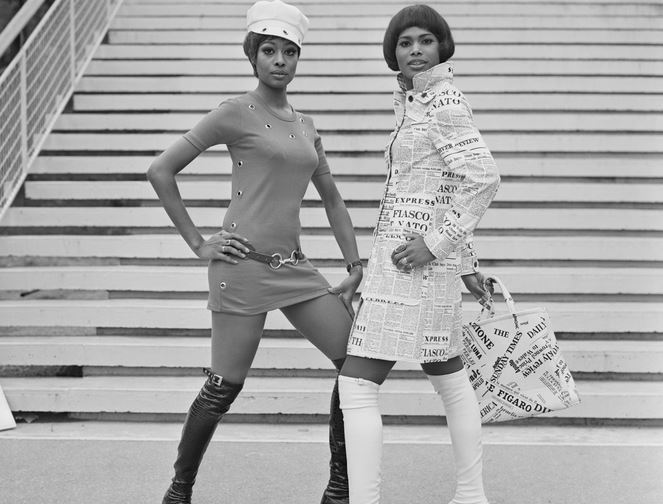
| |
Fashion is a dynamic and ever-changing industry that has witnessed the rise and fall of countless trends throughout history. From the roaring twenties to the present day, fashion trends have played a significant role in shaping cultures, expressing individuality, and reflecting societal shifts. This article delves into the fascinating history and evolution of iconic fashion trends, highlighting their impact and influence over time. Table of Contents
1. Introduction: The Power of FashionFashion has always been a powerful medium for self-expression and identity. Throughout history, clothing choices have reflected social, economic, and cultural shifts. Fashion trends have emerged as a response to changing times, influenced by factors such as art, music, politics, and technological advancements. Understanding the history and evolution of iconic fashion trends allows us to appreciate the transformative power of clothing in society. 2. The Roaring Twenties: Flappers and Jazz Age GlamourIn the 1920s, the world witnessed a seismic shift in fashion. The end of World War I brought forth an era of economic prosperity and newfound liberation. Women embraced a more carefree and rebellious style, symbolized by the rise of flappers. Flappers discarded the restrictive corsets of the past and embraced shorter hemlines, loose-fitting dresses, and the iconic bob haircut. Jazz Age glamour became synonymous with the spirit of the 1920s. 3. The Swinging Sixties: Mod Fashion and the Youth RevolutionThe 1960s marked a cultural revolution, and fashion played a pivotal role in expressing the rebellious spirit of the era. Mod fashion emerged as a symbol of youth rebellion, with its bold and vibrant colors, geometric patterns, and mini-skirts. Influenced by icons like Twiggy and the British music scene, mod fashion challenged traditional norms and embraced a futuristic aesthetic. 4. The Disco Era: Glitter, Glam, and Studio 54The disco era of the 1970s brought a burst of glitz and glamour to fashion. It was an era defined by hedonism, dance, and the rise of disco music. Studio 54, the iconic nightclub, became a playground for fashion experimentation. Shimmering fabrics, sequins, platform shoes, and wide-legged trousers defined the disco fashion scene, with icons like Bianca Jagger and Cher leading the way. 5. The Grunge Movement: A Rebellion in StyleThe 1990s witnessed the rise of grunge, a subculture and fashion movement born out of the alternative music scene. Grunge fashion rejected the opulence of the previous decade and embraced a deliberately disheveled and anti-establishment aesthetic. Flannel shirts, ripped jeans, combat boots, and oversized sweaters became the defining elements of grunge fashion, popularized by bands like Nirvana and Pearl Jam. 6. The '90s Minimalism: Casual Chic Takes Center StageWhile grunge was making waves in the alternative scene, the '90s also saw the rise of minimalism in fashion. Influenced by designers like Calvin Klein and Helmut Lang, minimalism embraced clean lines, neutral colors, and understated elegance. The emphasis shifted from bold statements to simplicity and functionality. The rise of supermodels like Kate Moss epitomized the effortless and casual chic of '90s fashion. 7. The Rise of Streetwear: Hip-Hop Culture Meets FashionIn recent decades, the fusion of hip-hop culture and fashion has given birth to the streetwear phenomenon. Brands like Supreme, Off-White, and A Bathing Ape have taken the fashion world by storm, blurring the lines between luxury and street style. Streetwear embodies a mix of urban influences, sportswear aesthetics, and graphic elements, reflecting the voice of youth culture and individuality. 8. The Red Carpet Revolution: Haute Couture and Celebrity InfluenceThe red carpet has always been a platform for fashion statements, but in recent years, it has become a driving force behind trends and brand collaborations. Celebrities like Rihanna, Lady Gaga, and Zendaya have used their influence to challenge traditional norms and push boundaries. Their fashion choices have sparked conversations, shaped trends, and given rise to iconic fashion moments that transcend the red carpet and enter popular culture. 9. The Digital Age: Fast Fashion and Online InfluencersThe advent of the internet and social media has revolutionized the fashion industry. Fast fashion retailers like Zara and H&M have gained popularity, offering affordable and trendy clothing at a rapid pace. Online influencers and fashion bloggers have emerged as powerful tastemakers, shaping consumer behavior and promoting sustainable fashion choices. The digital age has democratized fashion and accelerated its evolution like never before. 10. Sustainability and Ethical Fashion: A Paradigm ShiftIn recent years, the fashion industry has faced scrutiny for its environmental impact and labor practices. As awareness grows, sustainable and ethical fashion has gained momentum. Designers and brands are embracing eco-friendly materials, fair trade practices, and transparent supply chains. The push for sustainability marks a paradigm shift in fashion, emphasizing the importance of conscious consumption and social responsibility. 11. ConclusionFashion trends are not merely fleeting fads but windows into the culture and history of societies. From the rebellious spirit of the flappers to the influential power of online influencers, iconic fashion trends have shaped and reflected our collective identity. Understanding the evolution of fashion allows us to appreciate the transformative power of clothing and encourages us to make conscious choices as consumers. FAQs (Frequently Asked Questions)
| |
| Category: Fashion | |
| Total comments: 0 | |
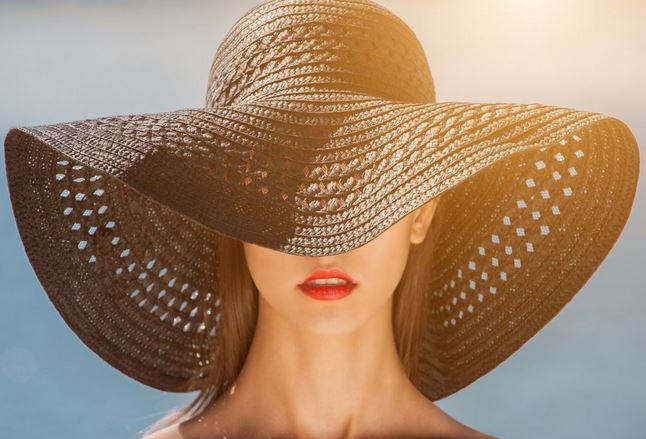 |
| How to Prevent Makeup Meltdown on Hot Days |
 |
| Tips for Choosing the Right Hair Color for Gray Coverage |
 |
| Tips for establishing a regular exercise routine |
 |
| The role of fashion bloggers and influencers in the industry |
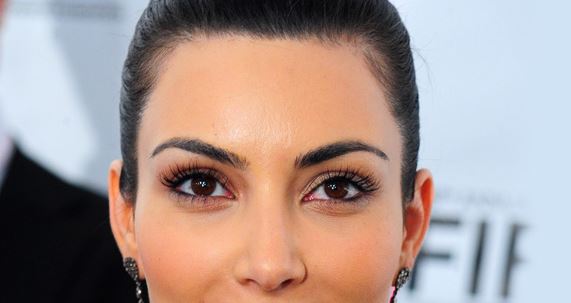 |
| Protruding eyes makeup tips |
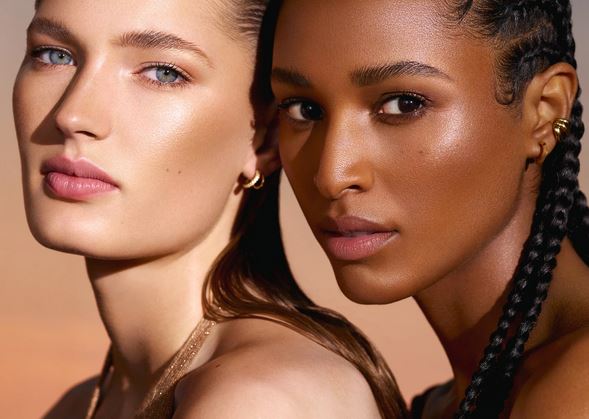 |
| Choosing the Right Highlighter for Your Skin Tone |
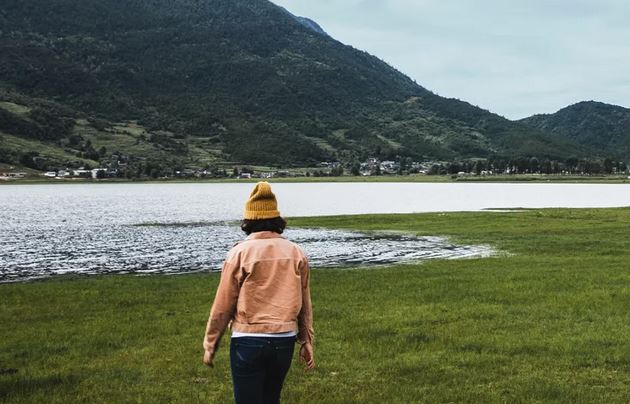 |
| The benefits of practicing mindfulness in nature |
 |
| Tips for Avoiding Hair Damage from Styling Tools |
 |
| Achieving the Perfect Cat Eye with Gel Eyeliner |
